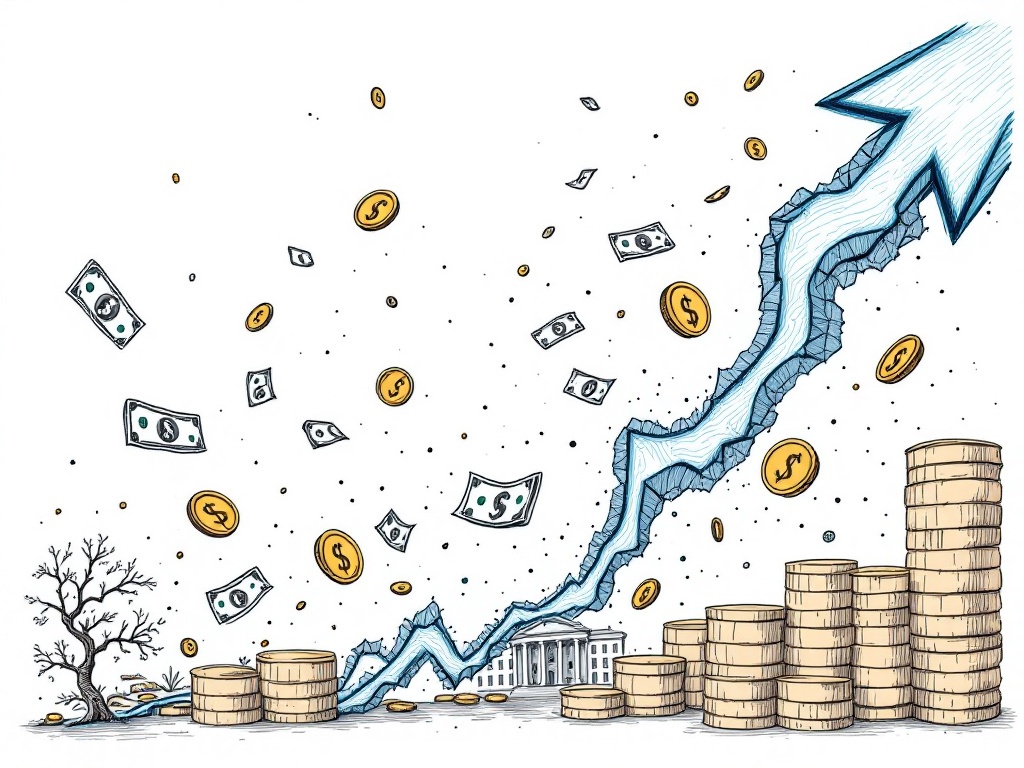Rising Federal Debt Poses Economic Challenges

Washington, D.C., Monday, 31 March 2025.
The U.S. federal debt has surpassed 130% of GDP, raising concerns about economic stability and growth. Economists emphasize the urgency of effective fiscal policies to address mounting debt challenges.
Current Debt Trajectory
As of March 28, 2025, the U.S. national debt has reached an unprecedented $36.2 trillion [1], marking a dramatic escalation from just four decades ago when it stood at $907 billion [1]. The Congressional Budget Office’s latest projections paint an increasingly concerning picture, with the debt-to-GDP ratio expected to surge to 107% by 2029 and continue climbing to 156% by 2055 [2].
Global Context and Comparisons
The United States’ debt position stands out among major economies, with its current debt-to-GDP ratio of 122% [3] significantly exceeding those of many other G20 nations. For comparison, Australia maintains a more modest 43.8% ratio, while the Eurozone averages 87.4% [3]. The mounting U.S. debt has already triggered responses from rating agencies, as evidenced by Fitch’s downgrade of U.S. long-term credit rating from AAA to AA+ in mid-2023 [1].
Economic Implications
The fiscal outlook presents immediate challenges for the American economy. Interest payments on the national debt are projected to exceed both Medicare and defense budget costs in the fiscal year starting October 2025 [1]. The Congressional Budget Office forecasts that federal spending will reach 26.6% of GDP by 2055, a level only previously exceeded during World War II and the COVID-19 pandemic [2]. More concerning is the projection that real GDP growth will decrease from 2.1% in 2025 to 1.4% by 2055 [2].
Future Outlook and Challenges
The mounting debt poses significant risks to America’s fiscal stability. The federal budget deficit is expected to average 6.3% of GDP over the next three decades, more than 1.5 times the average of the past 50 years [2]. Maya MacGuineas, President of the Committee for a Responsible Federal Budget, emphasizes that ‘We are clearly on an unsustainable fiscal path’ [1]. With interest payments projected to triple from $475 billion in fiscal year 2022 to $1.4 trillion by 2032 [1], the situation demands immediate policy attention to ensure long-term economic stability.